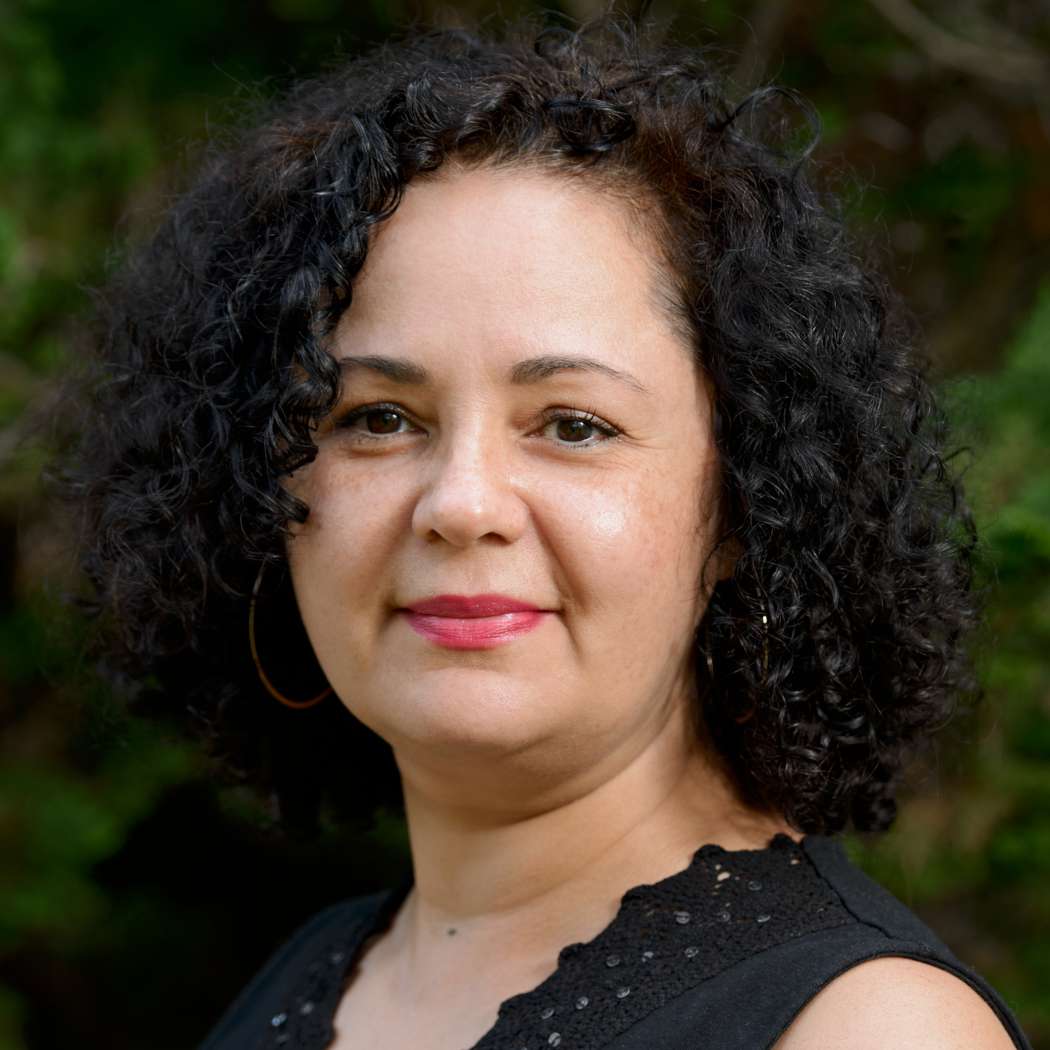Press Release
Minnesota Redistricting Panel Releases District Maps
Statement of Annastacia Belladonna-Carrera, Common Cause Minnesota Executive Director
We were proud—for the first time—to submit people-focused community maps that were nonpartisan, included robust community input, and were drawn without concern for the interests of political parties. The Court plans do stretch to reach new numbers of districts that increase the numbers of BIPOC populations in majority minority BIPOC districts and opportunity districts. We are pleased that the Court noted “the Corrie plaintiffs brought the voices of many members of the BIPOC community to [the Panel’s] attention through declarations detailing their experiences and redistricting preferences.”
- The Corrie Plan proposed 9 Majority BIPOC districts in the House Plans, and 5 in the Senate Plans. The Court met these numbers.
- The Corrie Plan proposed 24 Opportunity BIPOC districts (over 30%) in the House Plans, and 10 in the Senate Plans. The Court came close to meeting these benchmarks: 22 Opportunity districts in the House, 10 in the Senate.
At the same time, the process is not designed to draw maps that reflect the full input of Minnesota’s communities of color and Indigenous communities. So many communities are split, despite active efforts to testify and advocate otherwise.
- For example, the Congressional District 8 and Senate District 2 keeps the three reservations of the Ojibwe First Nations together; however, the three reservations of Ojibwe – Red Lake, White Earth, Leech Lake Band – are split at the House level.
- The Black immigrant communities in Brooklyn Park and Brooklyn Center asked to be united but were not in a House district.
- The Latino communities in Chaska, Shakopee, and Jackson asked to be united, but were split between House districts.
Unfortunately, without an independent redistricting commission, the legislature and court’s processes are not set up to adopt maps that reflect Minnesota’s dramatic population changes centered around the voices of the new communities driving that growth. For the past 50 years, self-interested elected officials have offered maps that prioritize political advantage over fair representation. As a result, elected officials of both parties have failed to agree on maps. Today, the Legislature continues the tradition of punting to the Court, resulting in maps that are cautious, at best, in reflecting Minnesota’s rapidly changing demographics.
Minnesotans don’t want Republican or Democratic maps—we want fair maps that give us a voice in our government, regardless of political party, race, or ethnicity. These maps rob Minnesotans of color from having a fair say in our government. The legislature should act swiftly to better protect BIPOC Minnesotans and fix the problem they created.”
Common Cause Minnesota, OneMN.org, Voices for Racial Justice and Dr. Bruce Corrie proposed congressional, Senate and House plans (“Corrie Plans”) that centered BIPOC community voices.
